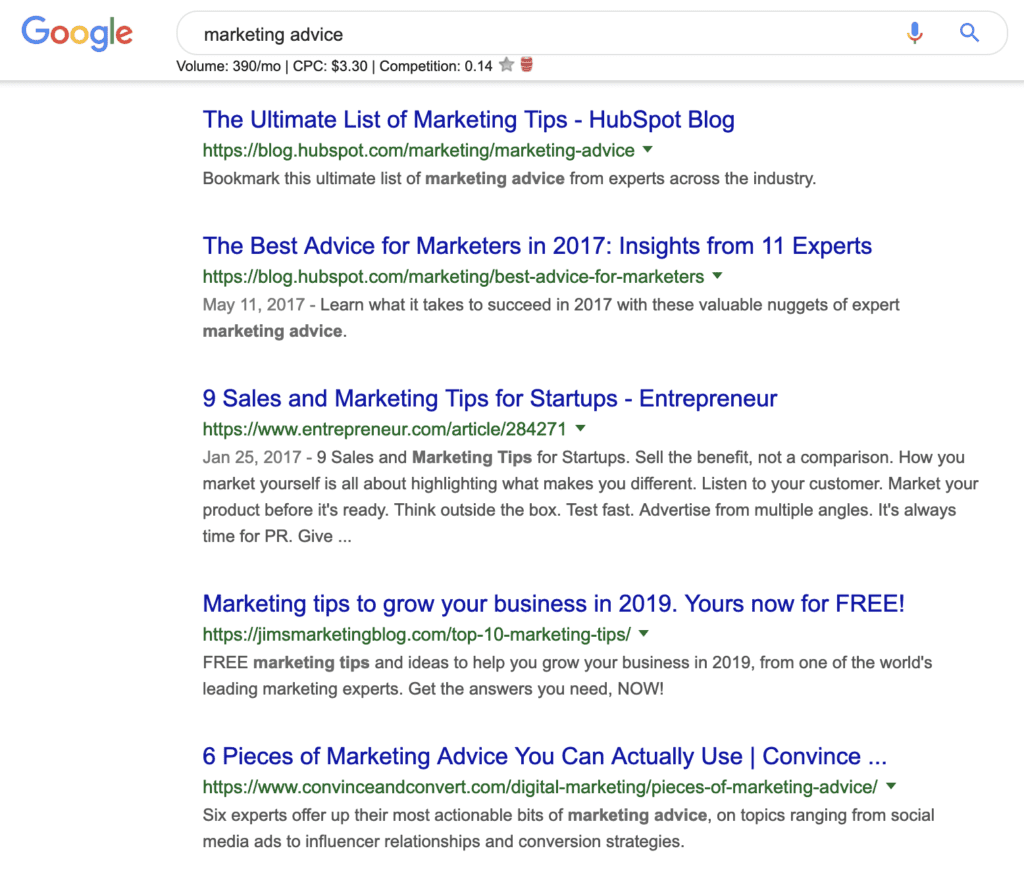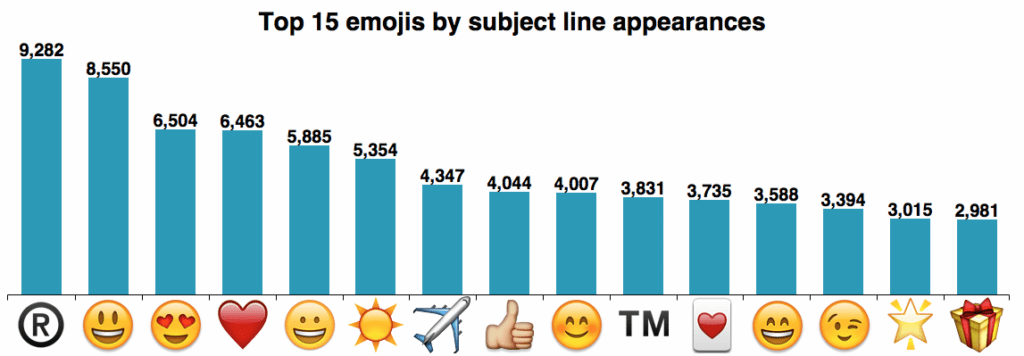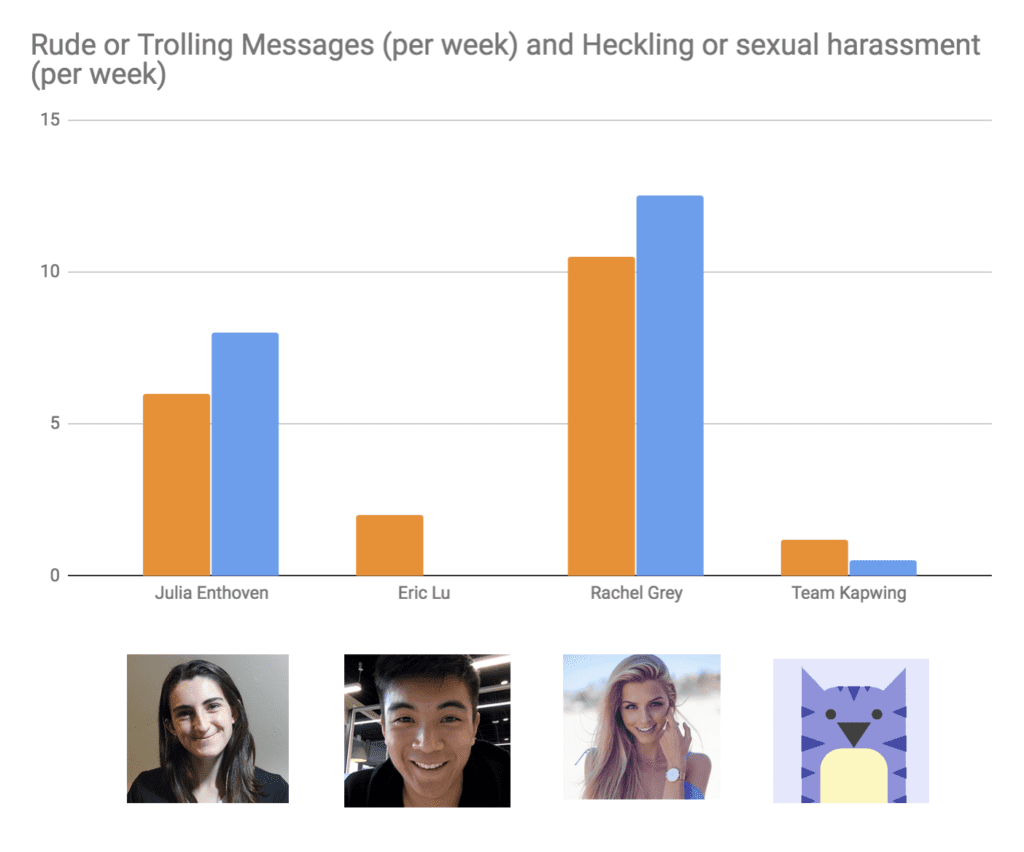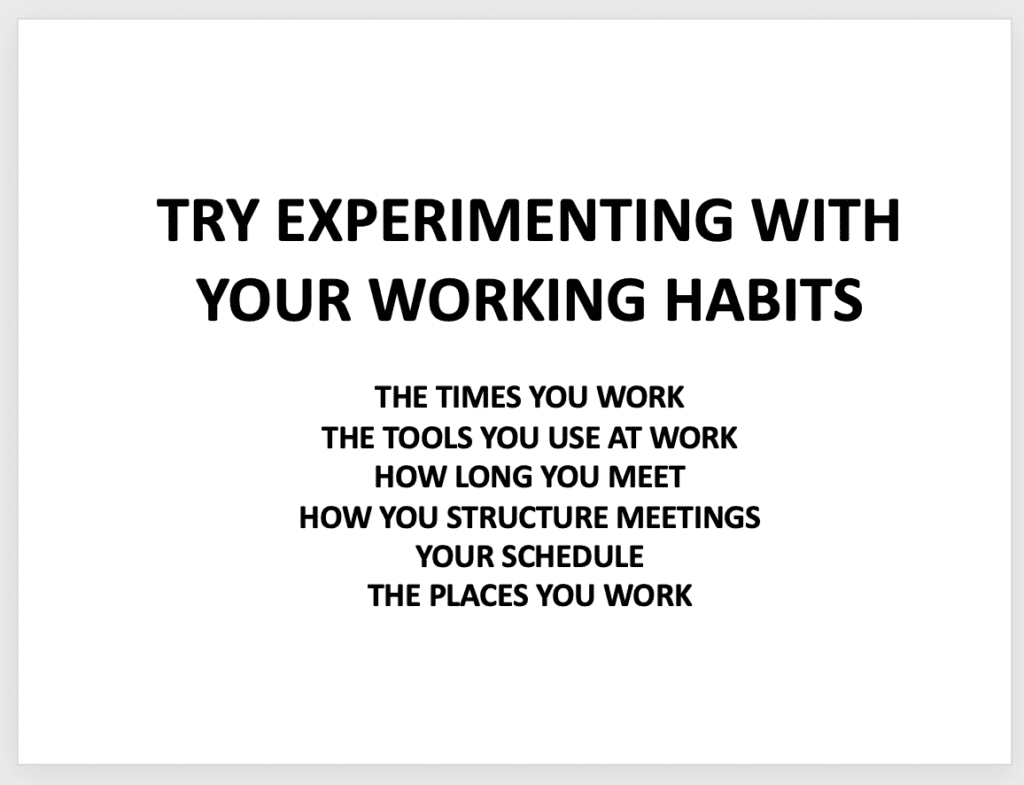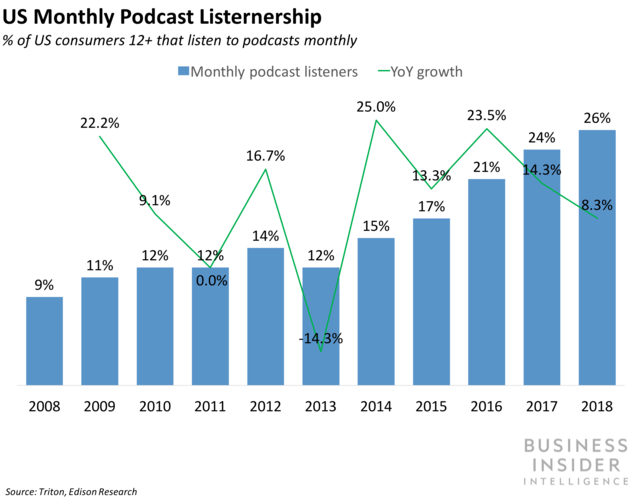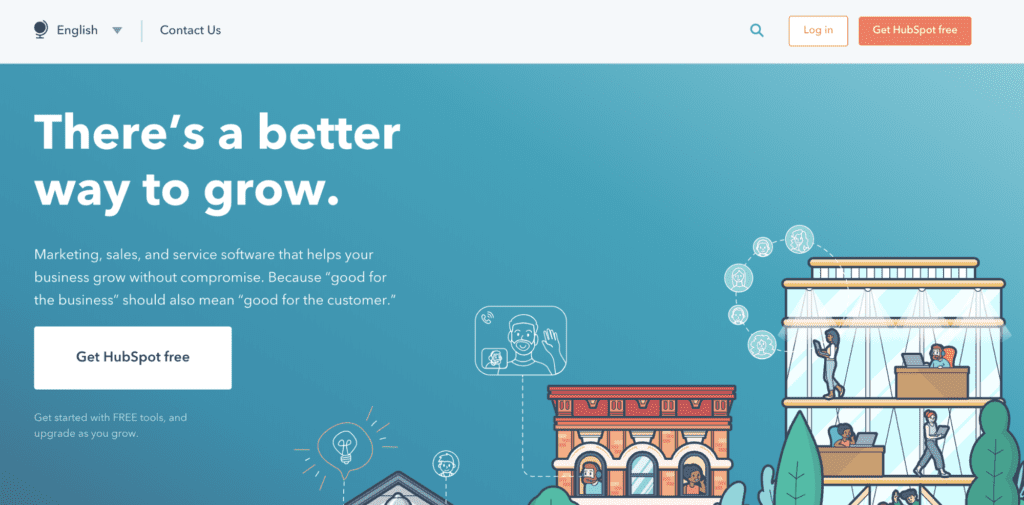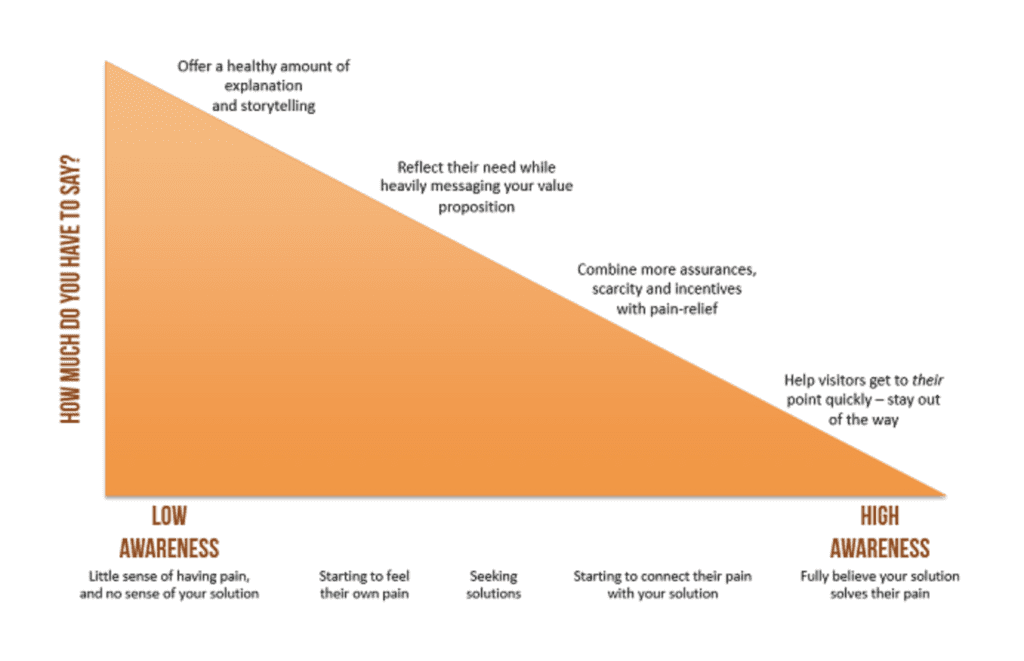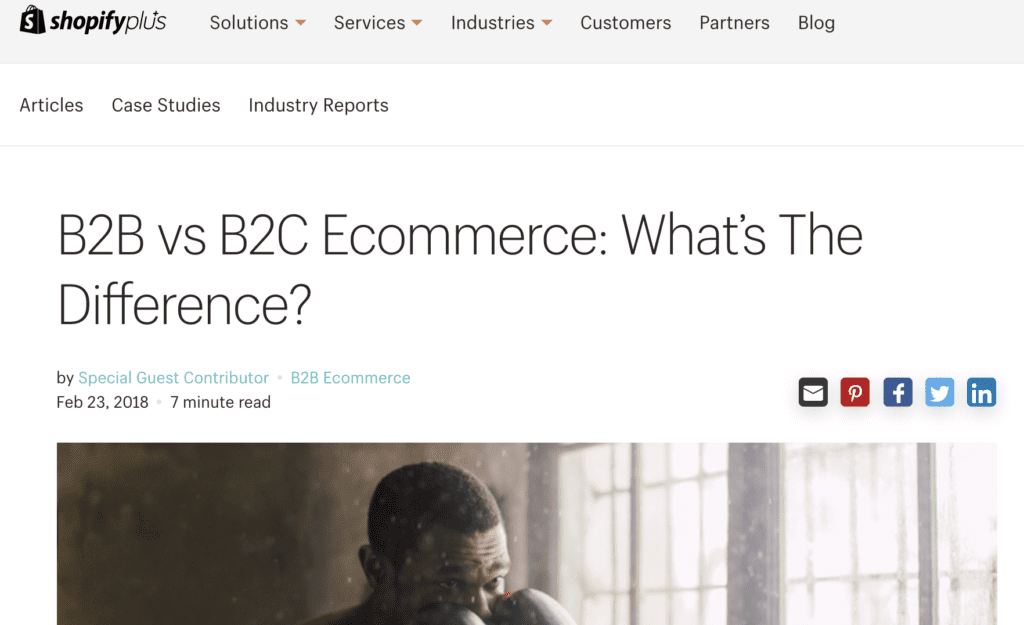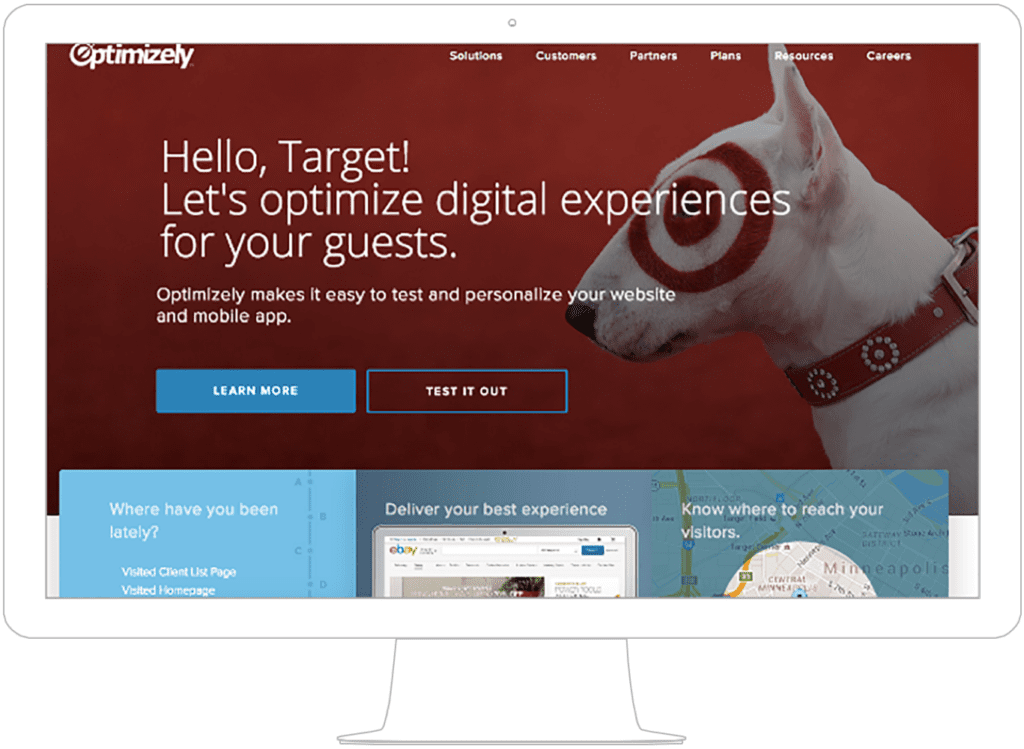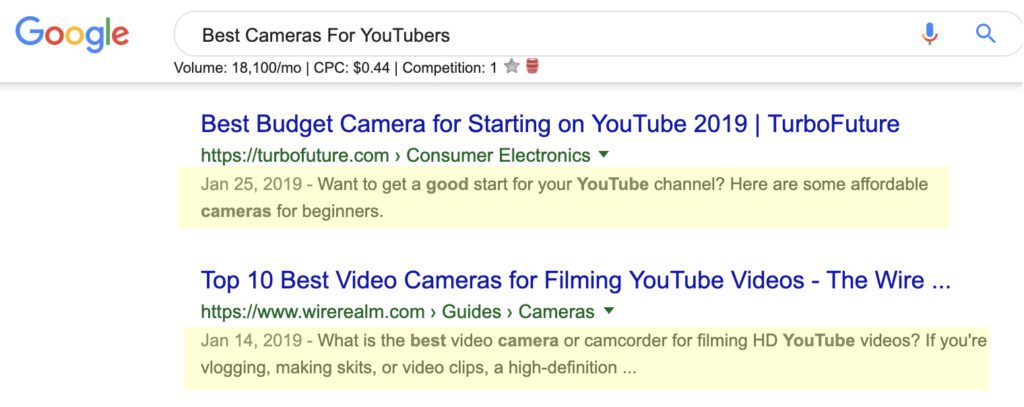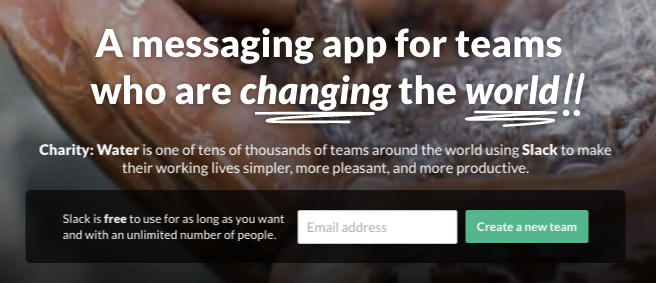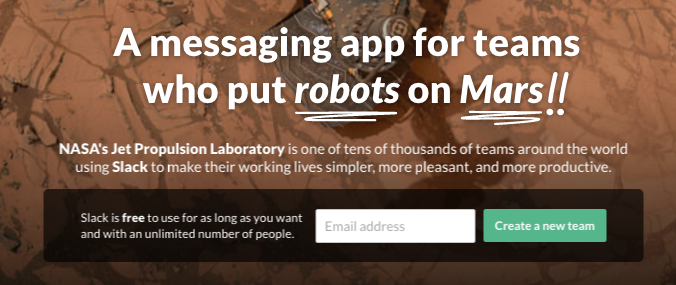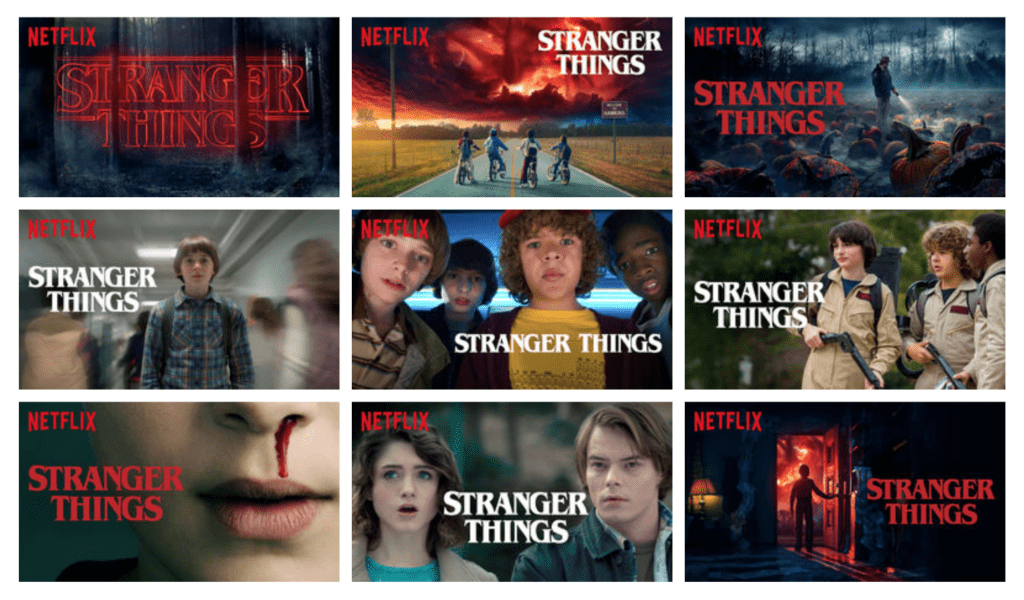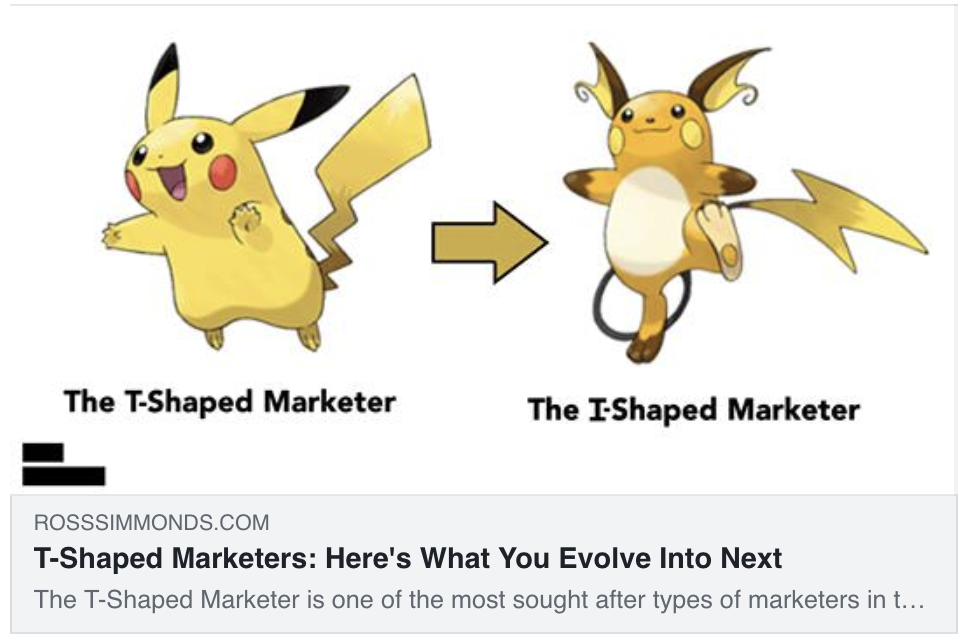Marketing experiments differentiate innovative brands from the bland ones.
What is a Marketing Experiment?
A marketing experiment is a strategic approach used by businesses to test different marketing tactics, strategies, and activities in order to discover the most effective ways to reach their target audience, engage potential customers, and improve overall marketing performance. This process involves setting up controlled tests where various elements of marketing campaigns are modified – such as messaging, digital advertising platforms, content formats, or audience segments – to evaluate their impact on defined metrics like engagement rates, conversion rates, or return on investment (ROI).
By systematically analyzing the outcomes of these experiments, marketers can gather valuable insights that inform data-driven decisions, leading to optimized marketing strategies that drive better results. Essentially, marketing experimentation embodies the principle of learning through trial and error and is fundamental for brands aiming to stay ahead in the rapidly evolving digital landscape.
Experimentation is what leads to breakthroughs—allowing your company to stand out while your competitors blend in.
Yet marketers often make the mistake of assuming that experimenting is for things like email subject lines, button colors and display copy. And sure, those experiments are all fine and good, but if that’s all you can envision, you’re limiting yourself.
In this article, I’ve got a list of impactful marketing experiments you may have never even considered. Use these to ramp up your own experimentation and improve your campaigns.
But before you do, you may want to check out this video:
OK—let’s get to it. Here are 26 things to test out:
Title Formats For Your Content
The titles of your landing pages, blog posts, resources, and other assets play a massive role in search engine optimization, from the position of your page in the SERP to the likelihood that searchers will click.
After Googling the phrase “marketing advice,” here are the titles you may see:
If you already have a page ranking for this keyword and want to move up the ladder, experiment with your title. Try adding a date. Try adding the phrase “UPDATED”. Try adding “NEW”. Try using phrases that make the content seem more recent.
You may find that one of these variations increases your click-through rate and propels your page higher up the search results—maybe even to the #1 spot.
Emojis In Your Email Subject Lines
Rocket ships. Money bags. Smiley faces.
I’ve seen them all in my inbox.
As you evaluate your email marketing efforts, consider emojis. Yes, emojis.
Marketers debate whether brands should use emojis, but I’m a firm supporter—why not go for it if emojis increase your open rate or response rate?
Even if you’re skeptical, at least experiment with emojis and see how your audience responds. Experian examined email subject lines with emoji and found that including an emoji in the subject line led to a 56% higher open rate compared to text-based subject lines.
Here’s a list of emojis and the top emojis by subject lines:
Related reading: Should B2B Brands Use Emojis In Their Content Marketing?
People In Your Live Chat
Studies have shown that people respond differently to women and men in live chats. Women are often times met with crude comments and more trolling in comparison to men. When Julia Enthoven the Co-founder of Kapwing experimented with different photos on their chat bot, the results were unfortunate. She tried 4 different images and tracked the trolling.
Here’s how it turned out:
Their informal study showed bias against women when it came to their name and photo. This is a sad reality…but it’s still a reality, and we have to recognize it as one of the many biases that influence our customers’ actions as horrible as it may be. In fact, Julia wrapped up the blog post with this exact takeaway:
“If you’re a female with a chat box, you might want a pseudonym: Hiding behind Kapwing’s logo and company name on our messenger makes customer support easier and less discouraging. With the “Team Kapwing” name, people tend to assume that the person responding to them is a dude.”
It’s a shame. I 100% agree…
But Sarah Betts of Olark found a very similar situation when she ran an experiment using a male name (Samuel) for online support rather than her own. She found that her advice was taken more seriously by customers as Samuel, and her suggestions for fixing complicated technical issues were more likely to be accepted.
That said, when the data was complete and she ran the numbers it turned out that Sarah was rated higher by visitors. On the flipside, Sarah frequently had to escalate cases to engineers while Samuel had almost no escalated chat cases.
This is why it’s not a bad idea to experiment with your own live chat window. Can you test a different name? Can you use photos of people with different genders? Can you analyze the data surrounding your customer support team based on gender? Can you try giving everyone the logo design as their profile picture? All of these different things are worth testing!
You might end up disappointed with society.
But you might also unlock a powerful insight that improves your live chat experience.
Onboarding Emails
A quality on-boarding experience can be the difference between a customer who sticks around for years and a customer who churns in a month.
But the only way to really understand how your messaging affects new customers is through experimentation.
As new users sign up for your product, send half of them your existing onboarding email and the other half a completely different email. Run the test until you have enough data to determine which onboarding email worked best. If you noticed that one segment is using more key features or sticking around longer after a free trial – use this info to make adjustments.
Even if the difference is negligible, you will have learned that … So create another email and keep trying new onboarding content to see if things improve.
If you determine that your first email was and is the best welcome email you can send, congratulations—you’re a legend.
Sequences For Different Types Of Users
Not every prospect is the same. Not every customer is the same.
So why do we think it’s a good idea to interact the exact same way with every individual who signs up for our products or services?
Rather than trying to fit every customer into the same marketing sequence, develop an array of emails that target different customers (based on data) and create design experiences (landing pages or remarketing ads) that differ depending on their needs, preferred features, use cases, etc.
Experiment With New Content & Visuals
How many blog posts do you have on your site? Do you have some pages or articles that haven’t been doing so hot lately?
Give them a refresh.
Update these assets with new graphics, links, videos (try using text to video AI, as an example), and stats that make the content feel fresh and relevant.
You may even want to hire a designer—the sites below are great for finding designers (or templates, if a designer is not in the budget) that can give your tired assets a facelift:
At Foundation we engaged a designer to refresh an article about uncovering your target audience. She turned an ugly graphic developed in Powerpoint…
…into something more engaging and on-brand:
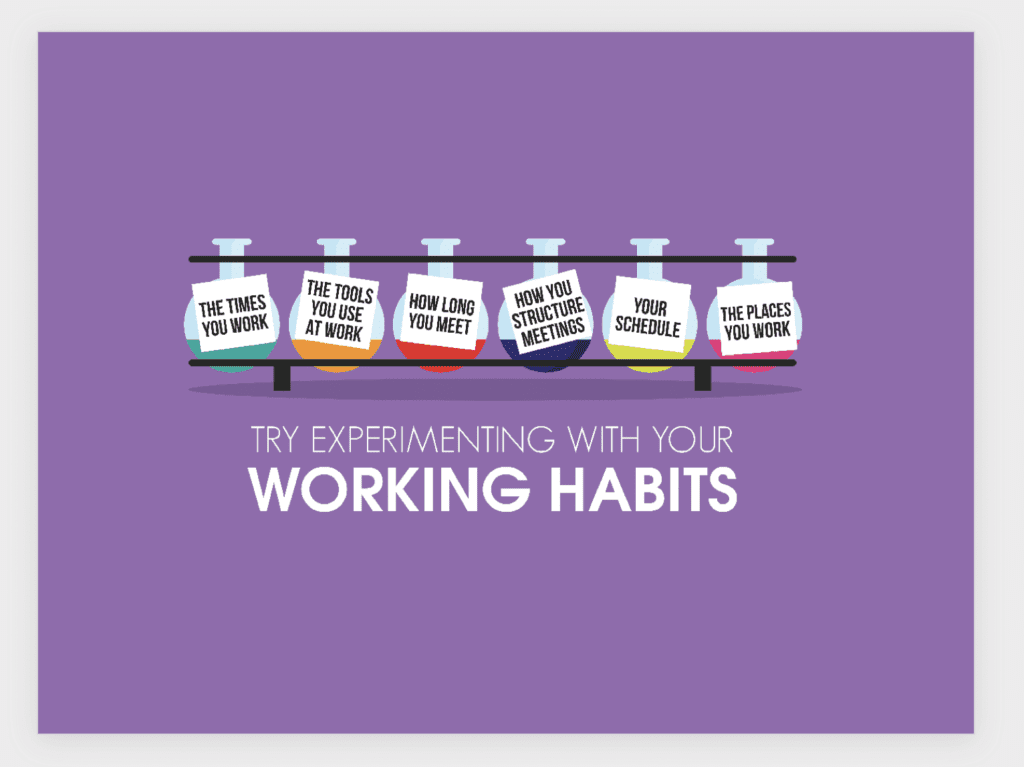
All of this will make your content more appealing to the reader. The more appealing the content, the more time the reader will spend on your site.
The same rejuvenation efforts can be applied to the written content on your site. If it’s been a few years since you published that in-depth guide on your blog, rewriting the post for today’s audience could help the page rank higher and deliver more value to readers. You can even use a sentence rewriter tool to freshen up your content and make it more engaging.
Some simple things to update:
- References to old content
- Links going out to 404 pages
- References to old dates
- Outdated stats
- Ineffective writing (e.g., bad ledes)
All of these things can have a negative impact on your content. But what if you have a lot of content on your site? Which pages should you update first? Look for…
- Content that has tons of links but isn’t generating much traffic
- Content that used to generate traffic but is quickly losing its SERP position
- Content that has high engagement but has never ranked for keywords
Revisit your assets to look for these red flags. You can make changes in-house or hire a content writer to give it a tuneup and apply SEO best practices.
Related reading: Safe Or Risky SEO: How Dangerous Is It REALLY To Change Your Article Dates?
Tip: A close companion to content is any tool that helps more people see it. For instance, if you run a small business, experiment with a local business schema to help push your business higher in search results when locals are looking.
Experiment With Paid Media Opportunities
Sponsored podcasts. eSports sponsorships. Online communities. Sponsored posts. Twitter media. Influencer marketing.
All of these opportunities over index for human usage & content consumption yet under index for paid media spend. This is where you might find a real opportunity that’s likely being overlooked by your competition.
Take podcasts, for example—over the last decade, the growth of podcasts in the US has been massive:
This growth is an opportunity for brands to experiment with a medium that has lots of engagement but is still relatively cheap because the market overlooks its potential.
It’s the same for influencer marketing, which is so widely viewed as a B2C opportunity that B2B brands are blind to the potential for their audience.
Here’s some insight on how B2B brands can leverage influencer marketing:
Funnels For Paid Media
Paid media efforts can burn through your budget very quickly and, if you’re not careful, result in very few leads and very little ROI.
Obviously that’s not good for business. (Maybe not good for anybody)
One of the best ways to counter this common failure is to create experiential funnels that change for every ad set you create. Rather than launching one marketing funnel for a series of keywords, create funnels based on specific problems and let the users go through each until you start getting data for key metrics like time to close, conversion rate, LTV, CAC, etc. Send the right people to the right content.
Experiment with Local Search Optimization
In addition to paid media, local optimization also presents a fair opportunity for you to experiment and build your brand presence in the local market.
Since paid media can also burn through your marketing budget rapidly, local optimization helps get free engagement for your brand and increases revenue over time. It’s also another way to counter increased ad spending.
Experimenting with local search optimization includes creating business profiles on Google, Yelp, and other listing pages. Moreover, you can experiment with creating local content, including location-specific keywords, and building more authority through reviews.
Keeping local search ranking factors in mind at the time of optimization will help boost your brand’s presence and awareness in the local market and contribute to your marketing too For example, if you’re a self storage SEO agency or a local dentist, individuals seeking storage options or dental care in those areas will discover your website more easily if it’s optimized for local SEO.
Visuals On Your Homepage
In a recent study, we found that 56% of SaaS companies use photos of real people on their homepage and 70% of SaaS companies use custom illustrations. If you’re a SaaS company (heck, even if you’re not a SaaS company) experiment with these two options and see what your customers are more drawn to when it comes to visuals.
Value Propositions
If you’re early in the product development stage, you might have yet to hit on the most effective value proposition. At this stage, your SaaS product management team is still in the process of getting feedback from beta users and working to tailor the product development roadmap accordingly.
Rather than playing a guessing game with your value proposition and crossing your fingers that it aligns with your customers’ needs and wants, experiment with the message and use user feedback to help define your message.
With Google Optimize, Unbounce or the landing page optimizer/creator of your choice, test a few different value propositions with site visitors and see how signups are influenced.
For example, HubSpot could experiment with two different value propositions on their homepage. One might say “There’s a better way to grow” kinda like this…
And another might say “Generate more leads and close more deals”
Comparing the two would reveal what resonates with their customers and how HubSpot should tell their story moving forward.
While you’re at it, you could even test to see whether including keywords in this value proposition improves your search ranking position.
Salutations In Chat
Hey! Hi! Hello! What’s Up? Yo! Sup? Howdy! Bonjour!
You get the idea.
And sure, they all mean roughly the same thing. But these salutations may land differently depending on the industry. If you’re using a service like Drift or Intercom to acquire potential customers, you want to reduce friction as much as possible, so test out a range of chat greetings to find out which ones are most effective.
Sales Calls
One of my favorite technologies on the market today is the AI-driven phone service—you know, services like Chorus, Dialpad, ExecVision and Gong that analyze your voice calls using artificial intelligence and machine learning. Marketing and sales teams can use tools like these to track what their salespeople are saying to prospects and craft conversations that are more likely to convert.
I have a friend who manages a SaaS sales team. He listened to his team’s calls and found that when salespeople shared the story behind the company’s founding, prospects were 33% more likely to close. That’s huge! So he encouraged his team to inject the founding story into every pitch they could, and as a result the entire team saw a sustainable spike in their close rates.
Long-Form vs. Short-Form
There’s so much debate in the industry about whether you should use long-form or short-term content that I’ve decided the only answer is…
Experiment.
You knew I was going to say that, didn’t you?
The best way to truly understand whether your customers, prospects and leads would prefer a short content over a long content is to test ’em both.
One of the best blog posts I’ve read on the topic of long form vs. short form content is this piece from Joanna Wiebe about landing page length. She outlines how important it is for brands to think about the awareness levels of their audience at the time they’re reading their copy… And how their level of awareness can influence how much you need to explain.
Here’s a graphic she created to showcase the thinking behind it:
Brilliant right?
High awareness = Say less…
Low awareness = Say more…
No matter the content whether it’s a landing page, onboarding email, drip campaign, or cold email outreach experiment with message length across all aspects of your email marketing efforts until you have the data you need.
Pricing Page Layout & Design
One of the pages that matters most yet often gets very little love is your pricing page. This page is a key point in the buying cycle—the point where your customer decides whether your product or service is worth it.
Your pricing page is a gold mine for experimentation:
- Should you highlight your most popular plan?
- In what order should you list your product features?
- Testimonials or no testimonials?
- Should the default be annual or monthly pricing?
- For enterprise solutions, is it better to include a price or just a “Contact Us” button?
- Does the entire layout need a redesign?
- Should you run remarketing ads on the page?
- Do you need an exit intent popup?
All of these little experiments can add up to massive increases in revenue for your business. But don’t look at this list and assume you have to do ALL the things.
Identify which of these experiments make the most sense for your pricing page and your goals, like achieving a higher LTV or a lower CAC.
Social Media Display Copy
Every modern-day marketer has experimented with email subject lines. You can do something similar on social media by sharing two posts with the same link but different copy to drive folks to the content.
Let’s say you want to promote your blog post about wearable alerts and their safety aspects. Your first post could answer an FAQ while your second post could repurpose a customer review as a graphic, with both linking to your blog.
Whatever you originally titled your blog post doesn’t have to be what goes in your tweet. Try a new variation of that title, reshare it with your followers and see the reaction.
The same thing works on Facebook, Instagram and even Reddit.
Messaging Through Paid Media
Not 100% sure how best to broadcast your value proposition?
You’re not alone.
Tons of startups struggle with communicating clearly what they do and how they do it. Rather than leaving this to chance and a dream – invest in a paid media campaign on a channel where your audience spends time and showcase your message. Communicate a few variations of your value proposition on both the ad and the landing page.
Does one value proposition resonate more? Is one value proposition generating more clicks and sign ups? If so, it’s likely that you can use this insight to guide your approach to communicating what it is you do.
New Channels For Distribution
A lot of brands stick to one marketing and distribution channel until the well runs dry. I get it—you need to fish where the fish are. But there are many other ponds and lakes out there you may be overlooking.
We often make the mistake of assuming that our audience is singular in their channel usage. We think the people who use Instagram only use Instagram, and the people who use LinkedIn only use LinkedIn. In reality, these people also frequent Quora, Medium, Reddit, Yelp, G2 Crowd, Capterra, Facebook, Twitter, YouTube, Vimeo…
So how do you experiment on these channels?
Start with a hypothesis. For example: If we create long form content on Medium and distribute it to the ABC publication we will be able to drive their audience to our site through a lead magnet.
Not sure where to start? Try using assets or topics that have worked well elsewhere. For example, if a blog post worked really well on your own site, it’ll likely do well on Medium.
The next step: Test it.
Create the content, publish it and gauge whether the effort was a success based on the response you get.
Blog Post Titles
When it comes to gaining initial traction for your blog posts, the title is often the most important element. Some people use their titles purely as clickbait, but the best marketers recognize that the title is where you should communicate the value of the blog post.
But figuring out how to communicate that can be tough. So… test it!
Experiment with multiple titles. One way to do this is by sharing the post on social media. Let’s say you’ve published this blog post:
Rather than assuming that this title is the one, share the article on Twitter with different headlines:
- Ending the Debate: What’s Better—B2B or B2C eCommerce?
- What’s the Difference Between B2B and B2C eCommerce in 2020?
- B2B vs B2C: Let’s End the Debate Once and for All
See which title generates the most likes, retweets and clicks, and run with that title going forward.
Related reading: A Scientific Guide to Writing Great Headlines on Twitter, Facebook, and Your Blog
On-Site Personalization
Let’s do a bit of roleplay for a second. Pretend you’re the director of marketing for Target. You’re looking for a website builder and happen to land on a site called Optimizely. This is what you see:
Your jaw hits the floor—hard. Like fractured-in-half hard.
This is the power of personalization—if it’s done right. Testing personalization at scale has never been easier thanks to services like Clearbit, Optimizely and more. Cara Harshman talks about this approach in her post The Homepage is Dead: A Story of Website Personalization. A user’s IP address can tell you what company they work for or where they’re browsing from, allowing you to deliver a personalized online experience.
Native vs. Embedded Video On Social Media
Videos uploaded directly to Facebook perform better than videos uploaded to YouTube and then shared on Facebook. Videos uploaded to LinkedIn directly perform better than videos uploaded to YouTube and then shared on LinkedIn.
This is intentional. Both LinkedIn and Facebook recognize that if they send people away to YouTube, they’re losing eyeballs (and therefore advertising revenue) to Google.
Run a test where you share a video natively and via YouTube.
Meta Descriptions
When your landing pages, blog posts and other assets are ranking well, start testing ways to increase your click-through rate. One of the most underrated game-changers is the meta description.
This is a meta description:
PS: Notice the cool “Volume” & “CPC” feature under the search bar? Check out this video on my favourite Chrome extensions to see how I did it...
If Google is a highway for traffic, the title and meta description are the billboard that convinces your audience to take the next exit.
For example, if you run an ecommerce site, see how potential visitors respond when you put the price directly in the meta description. Don’t be afraid to try emojis, too.
Case Studies & Testimonials
The case studies and testimonials on your site have a real influence on potential buyers—demonstrating credibility and trust is crucial for conversion.
You can make assumptions about what you think will resonate with your audience … or you can run experiments.
Take a look at your testimonials—do you have quotes from clients in other roles or other industries? Switch things up! Can you swap out a case study for one about another company? Try it!
You’ll never know until you try.
One of the coolest case studies I’ve come across is this one from Slack:
There’s so much to unpack here. But if NASA trusts Slack, shouldn’t you?
That’s the message your own case studies and testimonials ought to send.
Traditional Advertising
today I downloaded an app after seeing a subway ad and I’m sending cosmic vibes to the marketer who will never be able to attribute it.
— Kelly Eng (@boomereng) March 16, 2019
I’m a digital marketer by trade. I dream in pixels.
So do most marketers who are reading this post, I would imagine. In fact a lot of marketers have turned their heads when it comes to traditional marketing channels.
Radio ads. Television ads. Billboards. Magazine ads. Brochures.
Most of us consider these formats old-fashioned and ineffective. But how many of us have actually tried traditional channels lately?
Experiment.
You might discover that traditional media isn’t as lifeless as you thought. Or your campaign might fail—and that’s the point of experimentation. Either you’ll unlock a new growth channel or you’ll walk away with a lesson you can apply in the future.
Graphics For Social Sharing
People connect with people—we know that. But don’t assume you can slap any old image of a person on your content and call it a day.
In one of its many content experiments, Netflix compared how people responded to faces showing complex emotions vs. stoic or benign expressions. The results were clear: People connect with emotions.
Recapping the experiment, Netflix wrote:
Seeing a range of emotions actually compels people to watch a story more. This is likely due to the fact that complex emotions convey a wealth of information to members regarding the tone or feel of the content, but it is interesting to see how much members actually respond this way in testing…
Their testing also found that more visible, recognizable characters (especially polarizing ones) resulted in more engagement.
These results should be arresting for any marketer creating content.
We live in a world of social sharing. Millions of links are shared on Twitter, LinkedIn and Facebook every single day. When links are shared, they are typically accompanied by a graphic like this:
Experiment with the image. Use polarizing photos. Use people showing emotion. Try illustrations. Eventually you’ll figure out which graphics resonate with your audience and drive consistent engagement.
Outreach Times & Days
There’s a lot of debate online about the best time to send marketing emails.
Some people say the weekend. Some say the evening. And some say it really doesn’t matter—just share content when it makes sense for you.
What’s my suggestion?
Experiment.
There are literally tons of studies on this topic:
- MailChimp on send time optimization.
- Customer.io on best day to send emails.
- GetResponse on best day to send email.
- HubSpots best time to send a business email report.
- MailerMailer’s report on email marketing metrics.
And they all say different things. Some say send an email at 8AM on Tuesday. Some say send an email at 5PM on the weekend.
The key is simple…
Experiment. Test different time slots. Test different days. The only way to really get a clear idea of what works is to run some tests.
Wrapping This Up
The next time you think you’ve run all the marketing tests you can, think again.
There are so many opportunities for experimenting—that is, if you work in an environment where experimentation isn’t frowned upon. You need to surround yourself with people who have a growth mindset and believe that experimentation leads to breakthroughs.
But don’t just leave this post feeling inspired. Pick an experiment from the list to test out in the next few months.
Which experiment will you be running? Leave a comment or send me a tweet @TheCoolestCool—I’d love to hear from you.
PS: My latest experiment is using YouTube. Check out my channel and subscribe!

